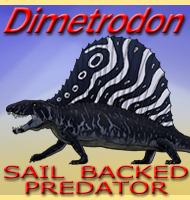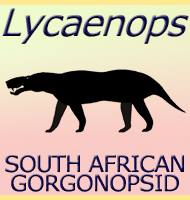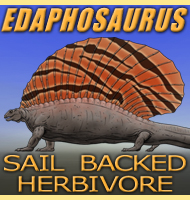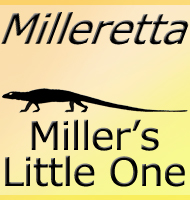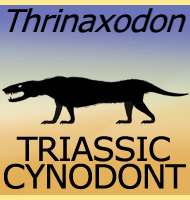


Protorosaurus
Name:
Protorosaurus
(First lizard). Sometimes spelled as Proterosaurus.
Phonetic: Pro-tor-o-sore-us.
Named By: Christian Erich Hermann von Meyer -
1830.
Classification: Chordata, Reptilia,
Archosauromorpha, Protorosauria, Protorosauridae.
Species: P. speneri (type).
Diet: Uncertain, has been interpreted as a
Herbivore and an Insectivore. See main text.
Size: Holotype estimated at 1.64 meters long,
though fragmentary remains hint at a possible 2.5 meters long.
Known locations: England and Germany.
Time period: Wuchiapingian of the Permian.
Fossil representation: Remains of many individuals,
though often incomplete. Coprolites have been attributed to the
genus as well.
Although
known from other locations, Protorosaurus fossils
are most common in
Germany. This might suggest that Protorosaurus
were more numerous
there during the Permian, however it might also suggest that the
conditions in Germany during the Permian were better for the
fossilisation process to begin, therefore Germany might not have had
a higher population of Protorosaurus than anywhere
else.
Protorosaurus
seems to have been a fairly good sized reptile, though
precise details to its size are hard to establish due to the
fragmentary and incomplete nature of many of the remains. An upper
length of two and a half meters long has been considered for the
genus, though this is based upon isolated remains. The form of
Protorosaurus though can be quite easily
reconstructed, and as a
whole reptile, Protorosaurus would have been a
quadrupedal lizard
like reptile with quite a long neck for its body.
In
popular science books marketed with the general public in mind,
Protorosaurus is usually credited as being an
insectivore. However,
what appears to be stomach contents of Protorosaurus
suggest that it
was actually a herbivore. The plant genus Ullmannia
has been credited
with being found not only within the stomach contents, but also
coprolites that have been attributed to Protorosaurus.
With the
herbivorous diet likely, Protorosaurus may have
evolved a
proportionately longer neck in order to feed upon a wider range of
plants, similar to how the sauropod dinosaurs would start to develop
longer necks later in the Jurassic.
The
name Protorosaurus means first lizard, though as
an archosaur,
it was not directly related to modern lizards. Protorosaurus
also
has a link with the ceratopsian
dinosaur Chasmosaurus.
When Lawrence
Lambe first named this dinosaur, he wanted the name Protorosaurus,
but discovered that it had already been used to name this archosaur,
so had to use Chasmosaurus instead.
In
2009 the description of a new archosauromorph named Czatkowiella
also led to the idea that it was closely related to Protorosaurus.
Further reading
- About the presumed diet of Protorosaurus and a
physically preserved
fruit stand Archaeopodocarpus germanicus aut, J.
Weigelt - 1930.
- The female cones of Pseudovoltzia liebeana and
its significance for
the phylogeny of conifers, H. -J. Schweitzer - 1963.
- Gut contents of Parasaur (Pareiasauria) and
Protorosaurus
(Archosauromorpha) from the Kupferschiefer (Upper Permian) of
Hessen, Germany, W. Munk & H. D. Sues - 1993.
- A Redescription of the Early archosauromorph Protorosaurus
speneri
Meyer, 1832, and its phylogenetic relationships, A.
Gottman-Quesada & P. M. Sander - 2009.
- A long−necked archosauromorph from the Early Triassic of Poland,
Magdalena Borsuk−Białynicka & Susan E. Evans - 2009.
----------------------------------------------------------------------------
Random favourites
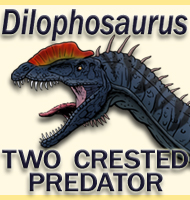 |
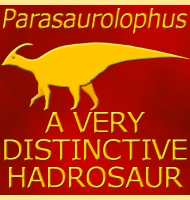 |
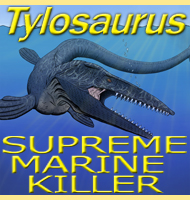 |
 |
